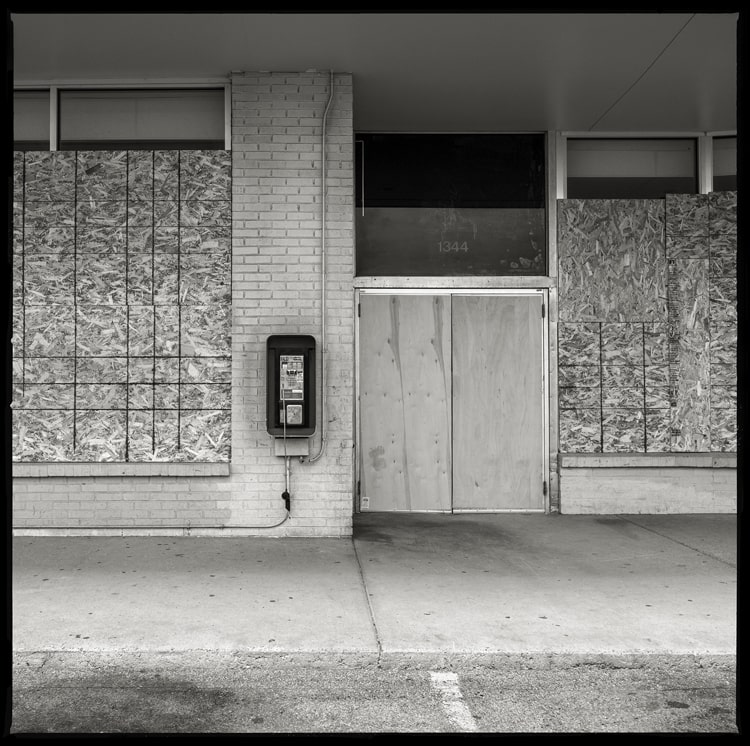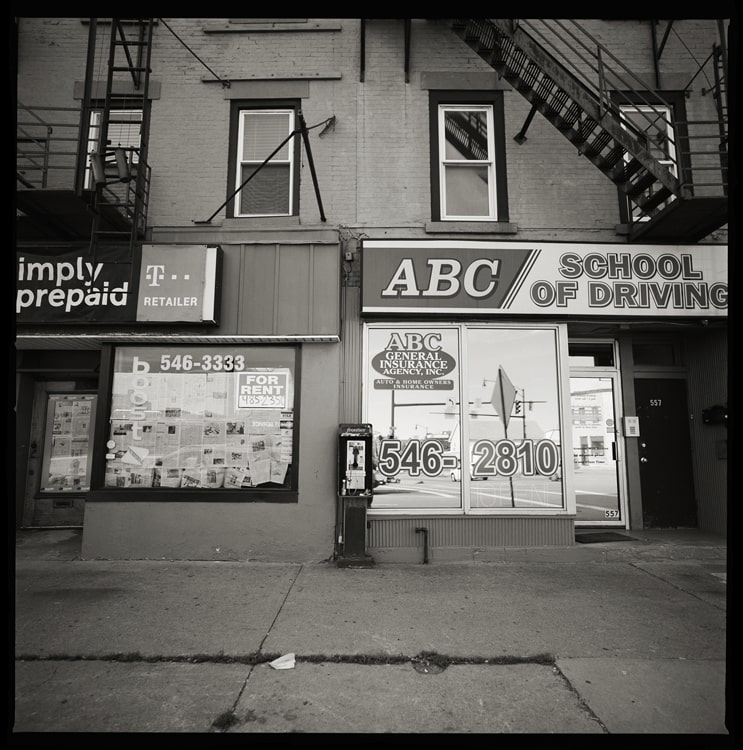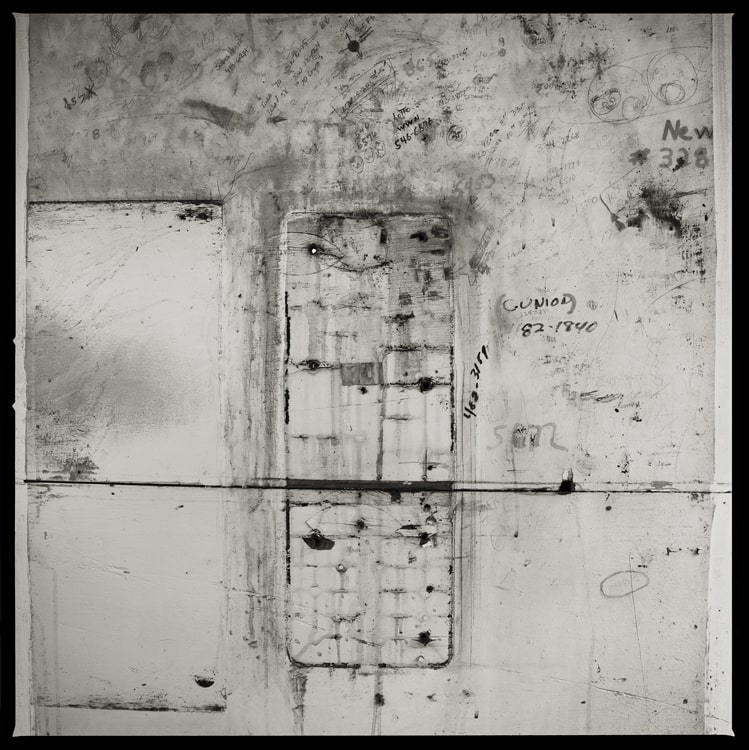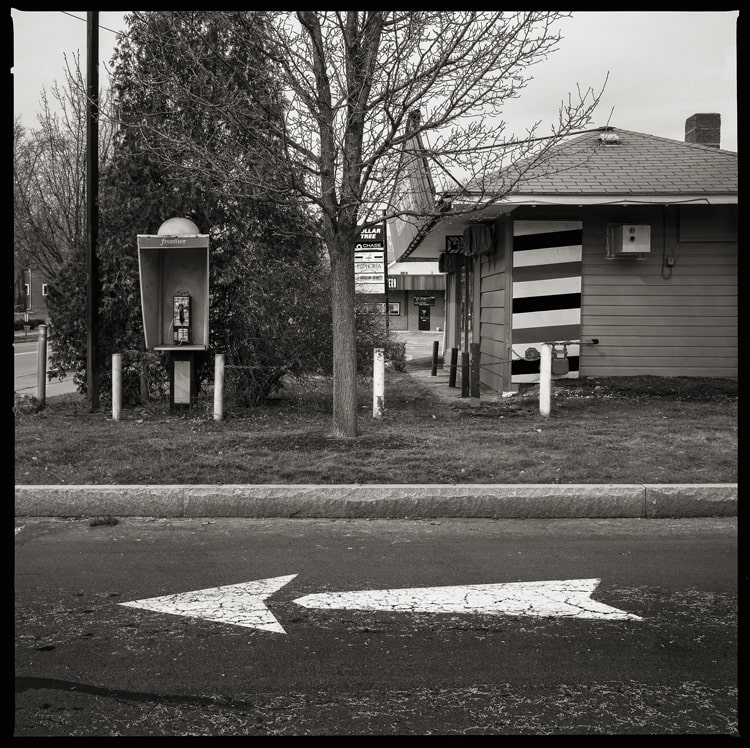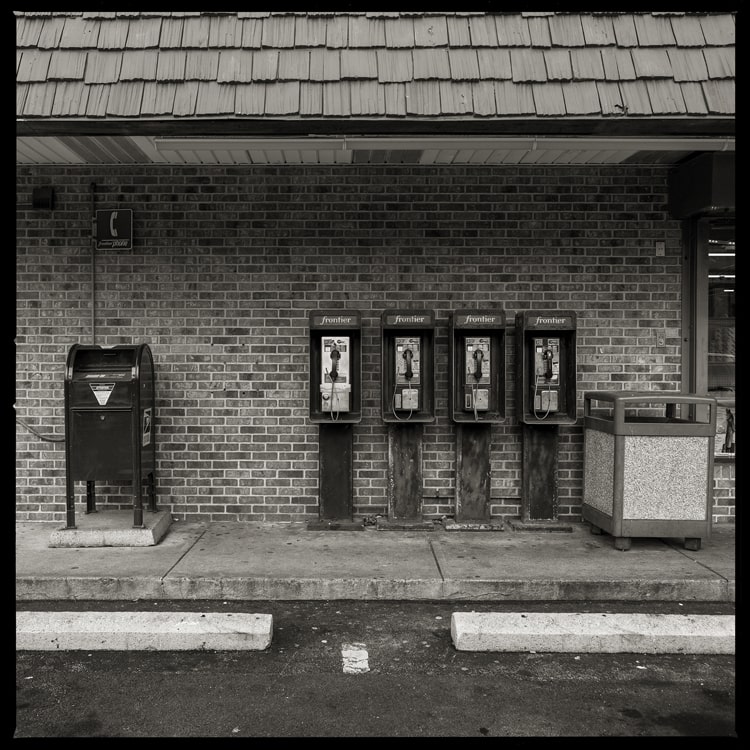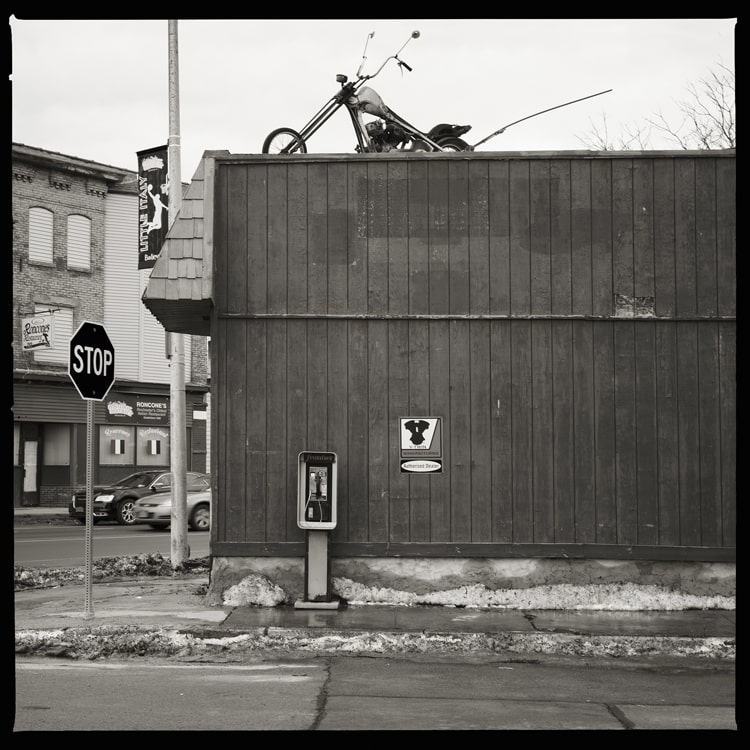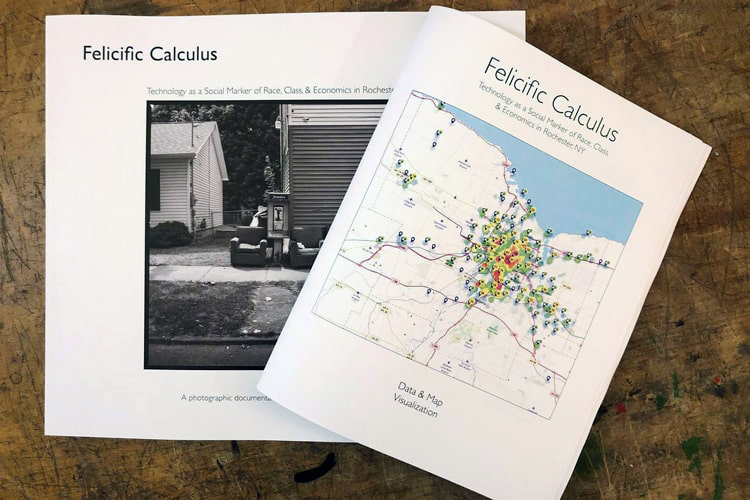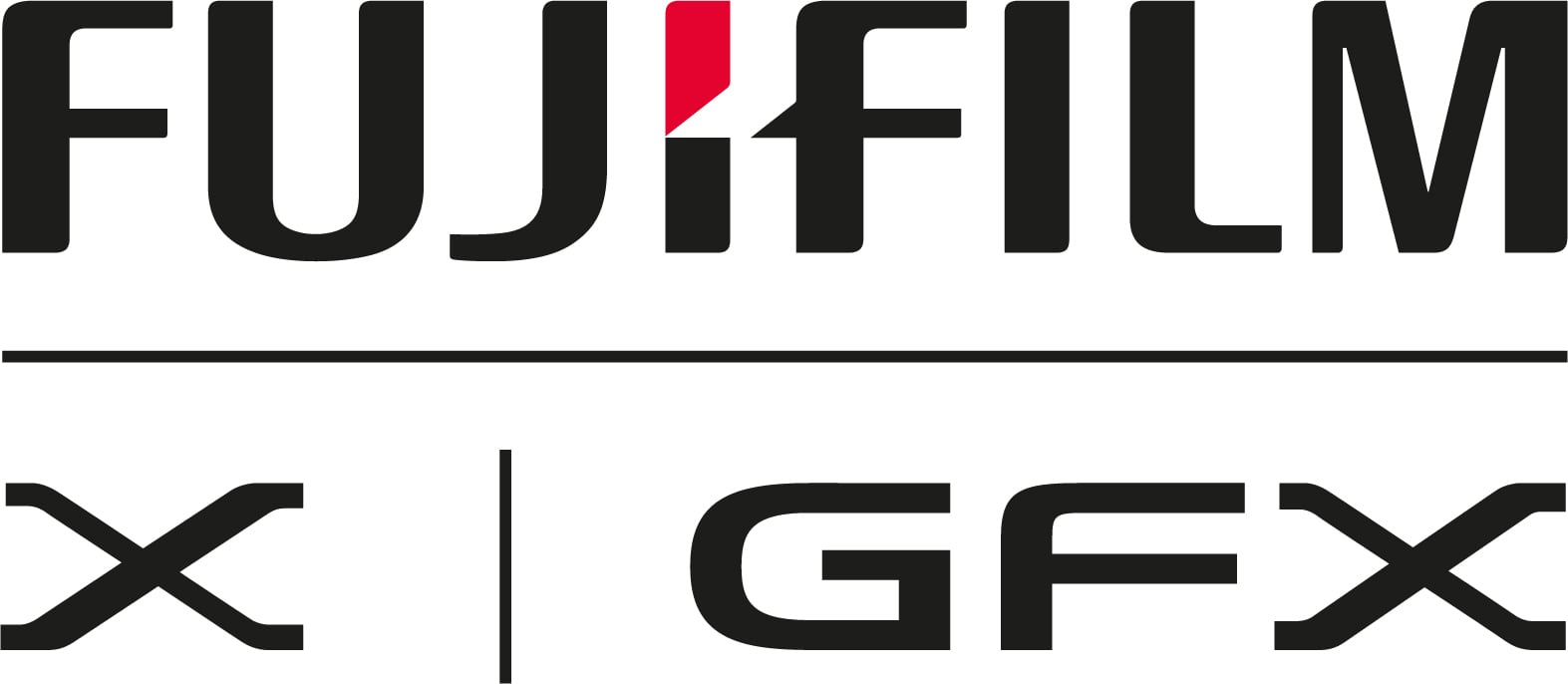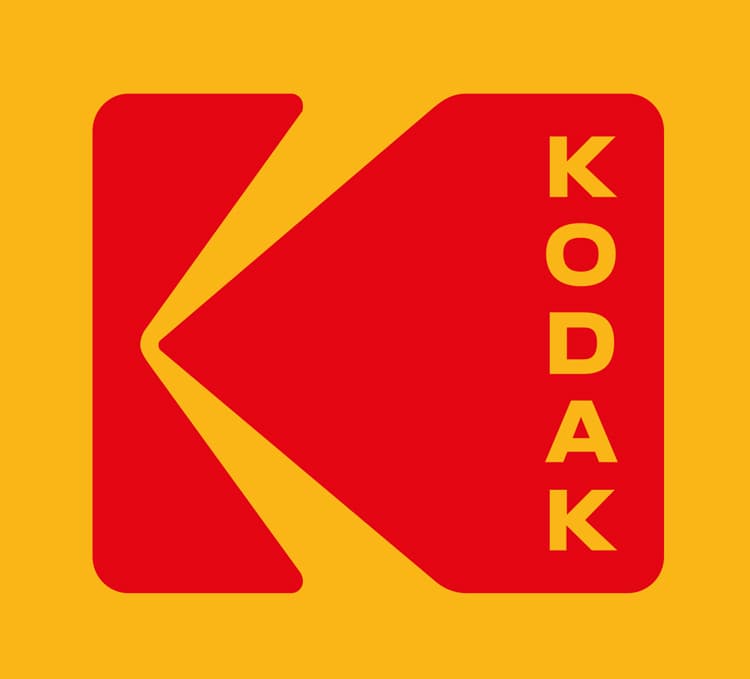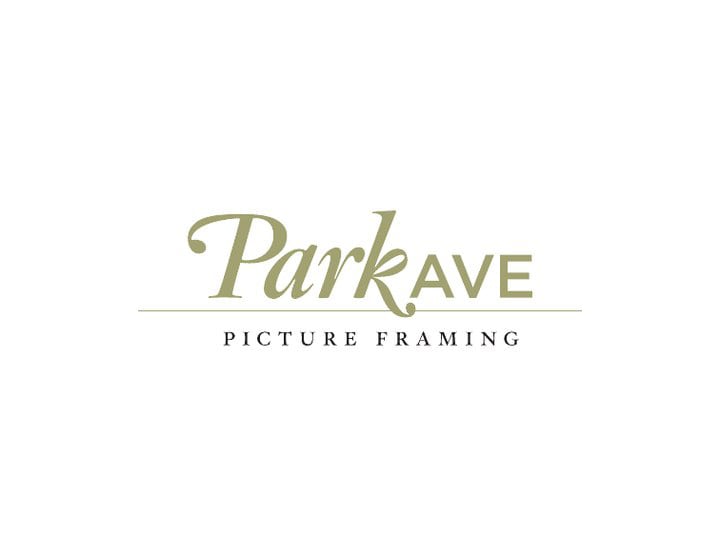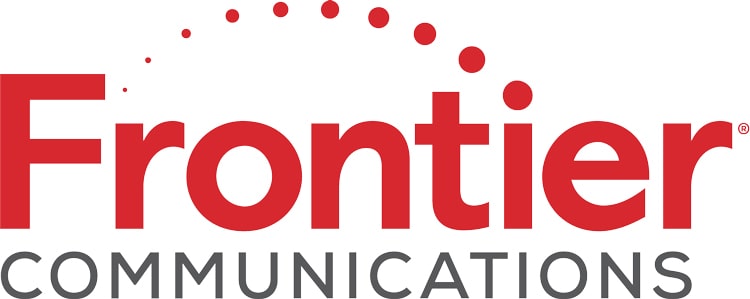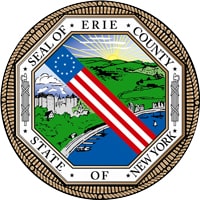About Eric Kunsman
I was supposed to be a steelworker—or a roofer in my father’s business. Born in Bethlehem, PA, in the mid-1970s, the oldest son in a hard-working blue-collar family, this was a given. But from an early age, I was obsessed with visual arts in every form and knew that I was going to lead the life of a creative. I remember picking up my first camera when I was about eight years old. It was a plastic Ansco Camera that I used avidly, mostly on school trips, until I ran out of film. It wasn’t until my junior year of high school that I started photographing again. By then, the death of Bethlehem Steel was national news, and my hometown was being invaded by photographers trying to document the closing of the mills. It was during this time that a teacher introduced us to Walker Evans’ 1935 photos of Bethlehem taken for the Farm Security Administration. Between the power of Evans’ work and the public fascination with the visuals of the mills, something clicked for me. The death of the steel mills, ironically, made it easier to consider a life other than roofing or steel, but it was my studies with Lou Draper—who was to become my most influential mentor, that helped give that life form.
Lou headed up the photography department at Mercer County Community College. He was a self-taught photographer from Richmond who had honed his craft as a street photographer in Harlem during the Civil Rights movement. He was also a founding member of the Kamoinge collective. Lou’s years working as an assistant to W. Eugene Smith helped refine his image-making process—from click to final rinse. He absorbed the lessons about paying meticulous attention to the details in the craft of photography in realizing your vision, and passed them on to me. Smith’s influence was also apparent in Lou’s emphasis on moving viewers through the frame, and the meaning provided in a body of work with thoughtful sequencing. Of equal importance: Lou treated all his students and me as valued equals while we worked in the darkroom together. That lesson—that we are all, teacher or student, part of a community of creatives who can learn from one another—has shaped me as an instructor and a photographer.
“Negatives are the notebooks, the jottings, the false starts, the whims, the poor drafts, and the good draft but never the completed version of the work… The print and a proper one is the only completed photograph, whether it is specifically shaded for reproduction, or for a museum wall.”
—W. Eugene Smith
In 1996, after completing my Associate’s degree at Mercer, I transferred to the Rochester Institute of Technology. Every breath I took from that moment on was about photography. I found the atmosphere electric. By 2000, I had earned both a BFA in Fine Art Photography and BS in Biomedical Photography. My undergraduate experience culminated with a Southwest Photography Workshop offered by RIT. There, working with a large-format camera, I created the first body of work that I felt was uniquely my own. I spent three weeks photographing throughout the four-corners area of the US and sent a small portfolio of that series to Lou Draper as a thank you for his mentorship.
At the same time, I was concerned that the transition to digital cameras was having an adverse effect on photographers and their ability to print their images. I enrolled in RIT’s graduate program, receiving my MS in Electronic Publishing. In that program, I focused strictly on inkjet printing and was awarded the Harold W. Gegenheimer Research Fellowship, along with being sponsored by Epson America for my technical work and thesis “High-Density Monochromatic Printing.”
I was already offering weekend faculty workshops, sharing the digital printing techniques I’d been refining; and, upon graduation, was offered an adjunct position at RIT’s School of Photographic Arts & Sciences. Shortly after starting that position, I was offered a two-person show at Mercer County Community College, on Lou Draper’s recommendation. Lou was a proud “dad” during that exhibit—insisting that the entire fine arts department come out to see the exhibition and hear my gallery talk. Three months later, he passed away. Shortly afterward, I received a call from the college’s dean asking if I’d put my name in for consideration to take over Lou’s department. Despite being a competitive field of candidates, I was offered the job, and my wife and I moved to New Jersey.
During the three years I ran the photography department at Mercer; I was able to significantly expand photographic offerings at the college while more than doubling enrollment. At the same time, I completed an MFA at the University of the Arts in Book Arts & Printmaking, where I explored more aspects of craft in photography. The juxtaposition of these two experiences led to one of my first significant bodies of work titled Thou Art… Will Give…. As a professor at Mercer, I’d arranged private access field trips to the Eastern State Penitentiary for my students. Still, I had no personal interest in photographing what David Graham referred to as “…another ruin with too many tripod holes….” However, shortly after one of those trips, I went as a student myself, with my MFA professor Heidi Kyle when she brought her class on a trip to the American Philosophical Society. There I discovered the Warden’s Logbooks from Eastern State. Inspired by the Warden’s first-person observations, I ultimately spent 362 days and evenings photographing at the Penitentiary over a three-year span.
That body of work was finally completed in 2014. To date, Thou Art… Will Give… has been featured in eighteen solo exhibitions and countless group exhibitions. For 2020-2021, solo shows of Thou Art… Will Give… have already been scheduled at the Gallery Route One, California; North Central College, Illinois; Rhode Island Center for Photography, Rhode Island; HOTE Gallery, California; Drury University, Missouri; Gallery 120, South Carolina; Foundry Art Center, Missouri; and Nazareth College, New York. Thou Art… Will Give… was featured as the cover article of LensWork #143 in July/August 2019 and won the Gold Award from the Association of Photography (UK) in the Open Series 2019. Brooks Jensen, the editor at LensWork, commented, “We have had over 100 portfolio submissions from Eastern State Penitentiary, and yours will be the first we publish in LensWork.”
In 2005, my wife and I decided to return to Rochester so she could complete obligations related to her own master’s degree with the Rochester City School District. I took the opportunity to make an entrepreneurial leap and opened Booksmart Studio, specializing in fine editioned books and exhibition quality prints. Here I combined my passions for craft, artisanal focus, and fine arts photography into one studio. Through the studio, I was able to realize some of my earlier artistic visions, including the publication of a limited-edition oversized portfolio of my panoramic landscapes, Peripheral Vision: Panoramic Photographs of the US Southwest Region (2005). It’s also afforded me the opportunity to work with artists including Ron Jude, Bill McDowell, Douglas Menuez, Adam Ryan, Greg Davis, along with companies and organizations such as Canson Infinity, Innova Art Paper, Magnum Photography, and the Eastman Museum. My left brain and right brain were able to work together in developing this studio, and with a small team, I was able to build a unique creative environment (which also housed two galleries) in a complex of 13,000 square feet. Today, Booksmart Studio still allows me to produce my work and get it out into the world.
Since 2005, I’ve continued teaching graduate and undergraduate courses as an adjunct for the School of Photographic Arts & Sciences (SPAS) at RIT. In 2012, I made the decision to return to a full-time teaching position at the Rochester Institute of Technology for the National Technical Institute for the Deaf, supporting deaf students enrolled in photography courses. I continue in that role, while also continuing to work as an adjunct for SPAS. There’s a Walker Evans quote that closely approximates my artistic approach:
“I work rather blindly. I have a theory that seems to work with me that some of the best things you ever do sort of come through you. You don’t know where you get the impetus and response to what’s before your eyes.”
—Walker Evans
As a photographer, I do not plan my next subject or project; I do stay open to inspiration, and I allow myself to be inspired. Life influences point me to a path leading to each new project I pursue, similar to Monet, I work (sometimes obsessively) on that project until it is complete. Since early in the 21st century, I’ve noticed that my photographic focus is increasingly influenced by my reactions to various social, governmental, and technological issues impacting the communities I interact with on a daily basis. My proposed project for this Fellowship, Felicific Calculus: Technology as a Social Marker of Race, Class, & Economics in Rochester, NY, originated from such a reaction.
Felicific Calculus is already gaining significant recognition. It is scheduled to be exhibited at CEPA Gallery in Buffalo, NY, from April to June of 2021, as a work in progress. The project has received a Warhol Foundation grant, which will monetarily support the CEPA exhibition and a publication. This project was awarded a fellowship from the Midwest Center for Photography in 2018. It has also garnered a spot as a Critical Mass Finalist in 2019 and 2020, along with making the second round of the Creative Capital Award for 2019. In the past year or two, this body of work has begun to generate increased appreciation even though the project is still in its infancy. Featured articles, along with interviews, were recently published in Black & White Magazine, Analog Forever Magazine, Catalyst Interview, Texas Photo Society, Chaleur Magazine, and City Newspaper. Other printed publications include Dodho Magazine #7, All About Photo #12, Dek Unu Magazine, and Friends of the Artist.
This photographic series has been featured in many group exhibitions, including The Rust Belt Biennial (2019), The Best of the Photo Review 2018 and 2020, Contemporary Photography 2008-2018 at SITE: BROOKLYN, Honored at the Philadelphia Photo Arts Center, and 2017 International Juried Exhibition at Center for Photographic Art. It was also awarded a solo exhibition at Gallery 19 in Chicago titled Lifelines Throughout the United States. In 2019, I was named as one of the Top 10 B&W photographers of 2018 by BWGallerist. As of 2019, I am represented by HOTE Gallery in Los Angeles, CA, and Malamegi Design Da Parete in Italy.



